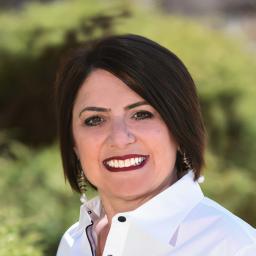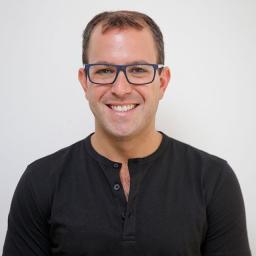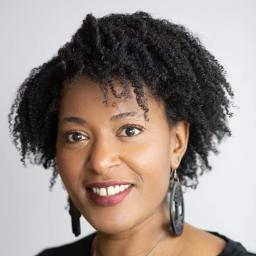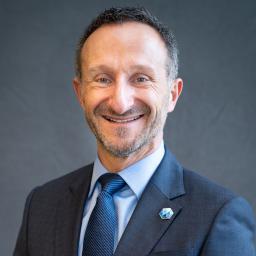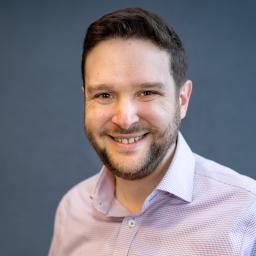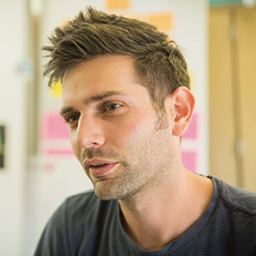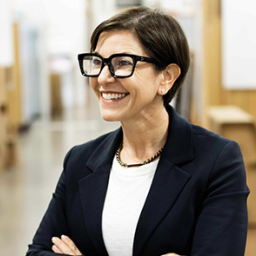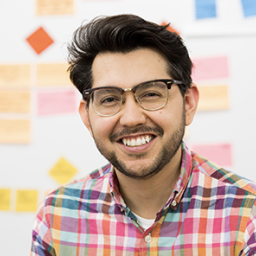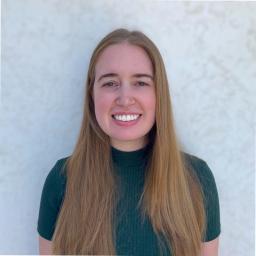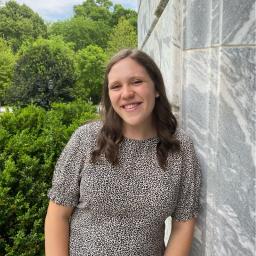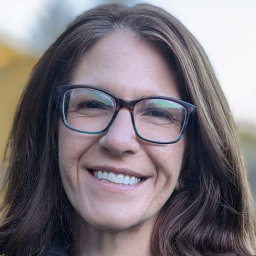It’s been a while since Prizmah was able to gather the field together for the Conference. After four years, the 2023 Conference is happening in Denver—right in my backyard—and I’m excited by what’s in store for the 1,200 people who will join, and especially for the 150+ lay leaders and day school investors like me who will be among them.
The Lay Leader/Investor Experience is being designed with lay leaders and investors, and with a focus on providing content that most closely aligns with what we want and need from a day school conference experience. Looking closely at the brilliant schedule and the engaging sessions being offered can help, but if you want to know what you’ll really get out of the Conference, here’s my top five list that’ll really have an impact on you as a leader, an investor and a day school supporter:
1. Connection.
Let’s admit it: Leadership can be lonely. Being a board chair, board leader, or one of only a few major funders at a school can sometimes feel isolating. Prizmah’s got you covered with intentional networking opportunities and a special reception just for you. You’ll connect with people from schools and communities that are similar to yours in size, denomination, demographics and more. Leveraging these relationships is the best path to building a community that understands exactly what you’re experiencing and celebrates every victory by your side.
2. Fresh Ideas.
Interested in learning about fundraising and resource development? Tuition models or endowments? Effective lay-head partnerships or board best practices? Experts from Prizmah and the field will be on the scene and facilitating breakout sessions and Ignite Talks relevant to you in every session block. You’ll hear what’s happening in the field that’s breaking new ground and get a deeper understanding of what’s working— and what’s not—across the spectrum of day schools and yeshivas.
3. The Pulse of the Field.
With day schools on an upward enrollment trajectory for the first time in the last decade or more, the big messages about day schools are getting more and more clear… and so are the needs. Planning for the future, making sure that this moment becomes a movement, and prioritizing healthy, safe communities are all on the conference agenda. You’ll understand what’s happening on a fieldwide level and come away with tools that help you adapt that understanding to the school- or community-specific context that’s right for you.
4. A Yardstick.
Ever wonder if your school is “normal”? (Is “normal” even a thing??) Data is in high demand, and the Prizmah Conference is loaded with it. You can already check out the incredible research about enrollment, development, the value proposition of day schools and everything else available in Prizmah’s Knowledge Center, but at the conference we’ll be releasing the newest data and rolling around in it to uncover what it means for the field, for your school and in planning for the future.
5. An Action Plan.
Conferences are great for leaving you inspired and reinvigorated. But what then? The Lay Leader/Investor experience is wrapping up with a session designed to answer just that question. What are the next steps for my school and community? How do I act on what I’ve learned to make sure we can level up in the areas that are most important to our students, families and faculty? And what’s the first thing I need to do when I get home?
With all of that in store, you might want to bring a team with you, just to make sure you get the most out of the experience and maximize your learning. (Never fear, there’s also team time built into the schedule!) But whether or not others can carve out the time to join you for this incredible experience, I’m certain that the time you spend will mean that you, your school, and your community are more prepared to be successful as a result.



